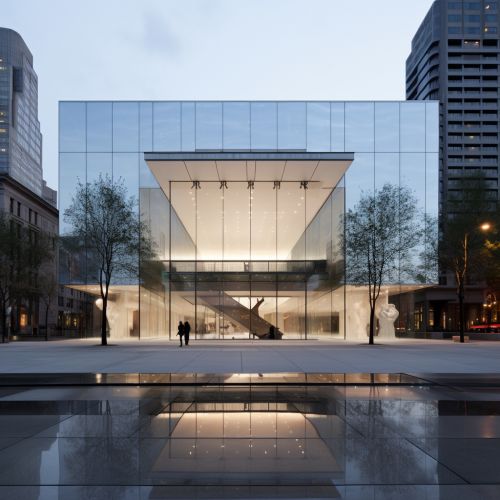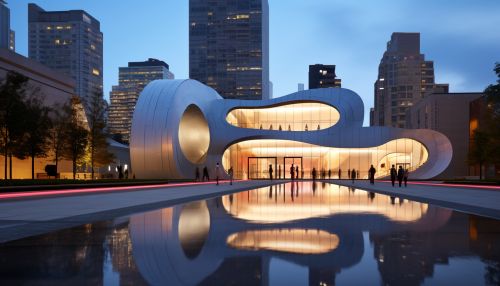Museum of Modern Art
History
The Museum of Modern Art (MoMA) was founded in 1929 by three influential women: Abby Aldrich Rockefeller, Lillie P. Bliss, and Mary Quinn Sullivan. These women were progressive patrons of the arts who sought to challenge the conservative policies of traditional museums by establishing an institution dedicated to the presentation of modern art.


The museum's first director, Alfred H. Barr Jr., played a pivotal role in establishing the museum's reputation as a premier institution for modern art. His vision was to create a museum that would trace the history of contemporary artistic thought, rather than simply being a museum of modern "masterpieces."
Collection
MoMA's collection offers an unparalleled overview of modern and contemporary art, including works of architecture and design, drawing, painting, sculpture, photography, prints, illustrated books and artist's books, film, and electronic media. The collection is continuously evolving, as it is committed to acquiring works from artists who are still living and producing new works.
Architecture
The architecture of the Museum of Modern Art is a work of art in itself. The building, designed by Yoshio Taniguchi, is a masterpiece of modern architecture. The design merges the old and new, with the original 1939 building integrated into the new construction. The result is a seamless blend of the past and present, reflecting the museum's commitment to showcasing the evolution of art and design.
Exhibitions
MoMA's exhibition program is renowned for its groundbreaking, thought-provoking exhibitions. The museum presents a wide range of exhibitions, from comprehensive retrospectives and historical surveys to focused presentations that explore specific themes or trends in modern and contemporary art.
Education and Research
The Museum of Modern Art is also a center for education and research. MoMA's education department offers a wide range of programs and initiatives, from gallery talks and workshops to professional development opportunities for educators. The museum's research library, the MoMA Library, is one of the world's leading libraries dedicated to the study of modern and contemporary art.
